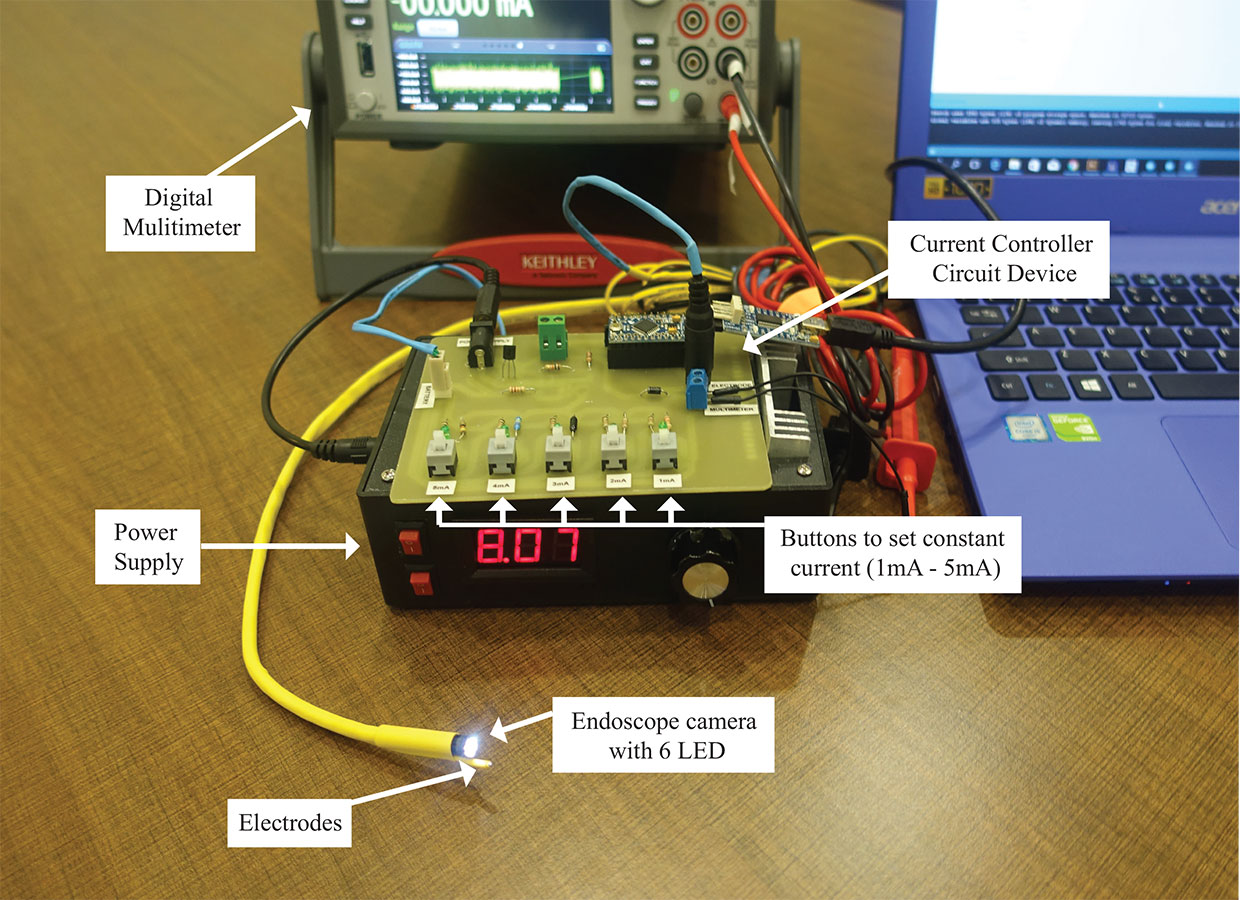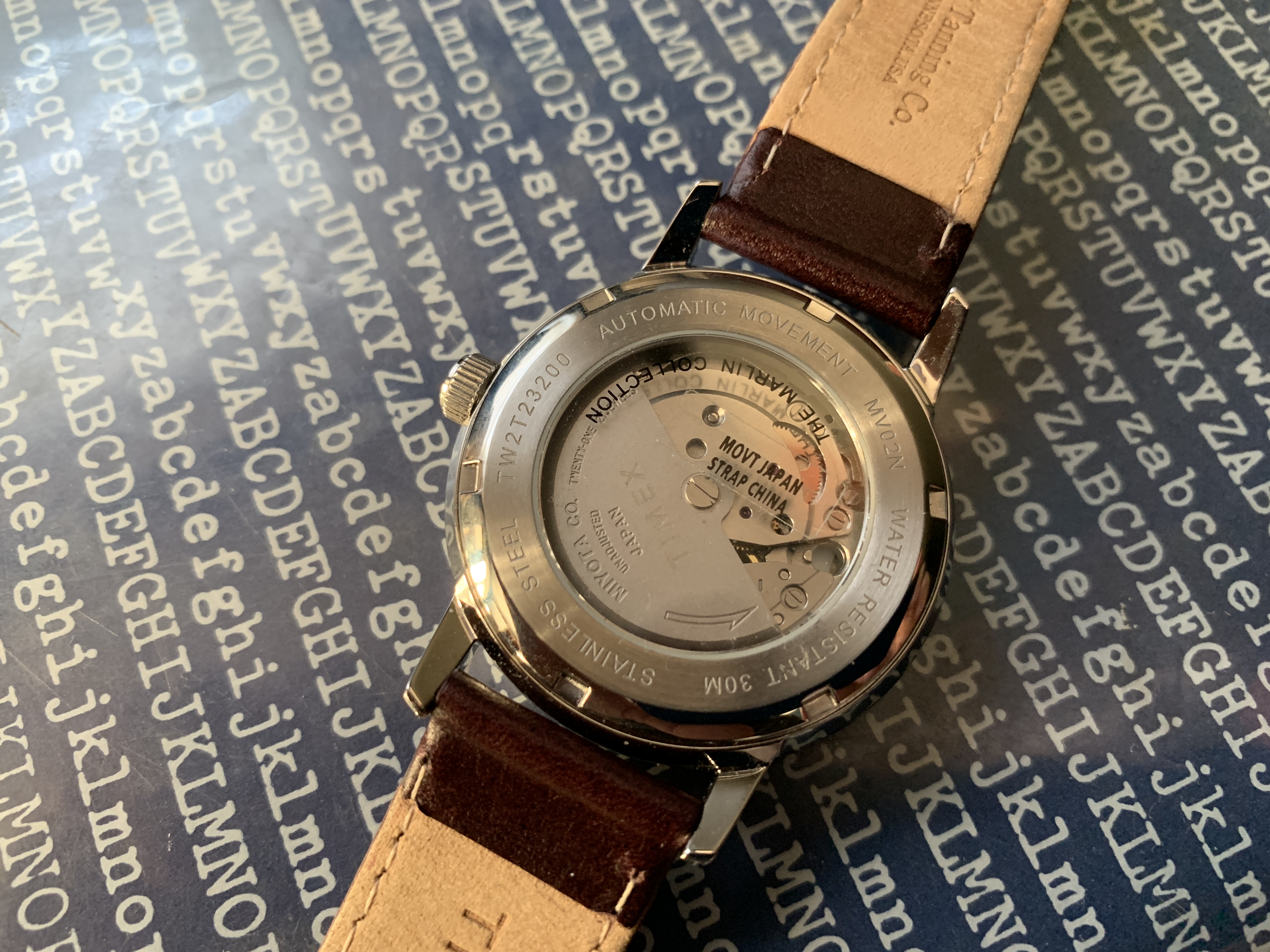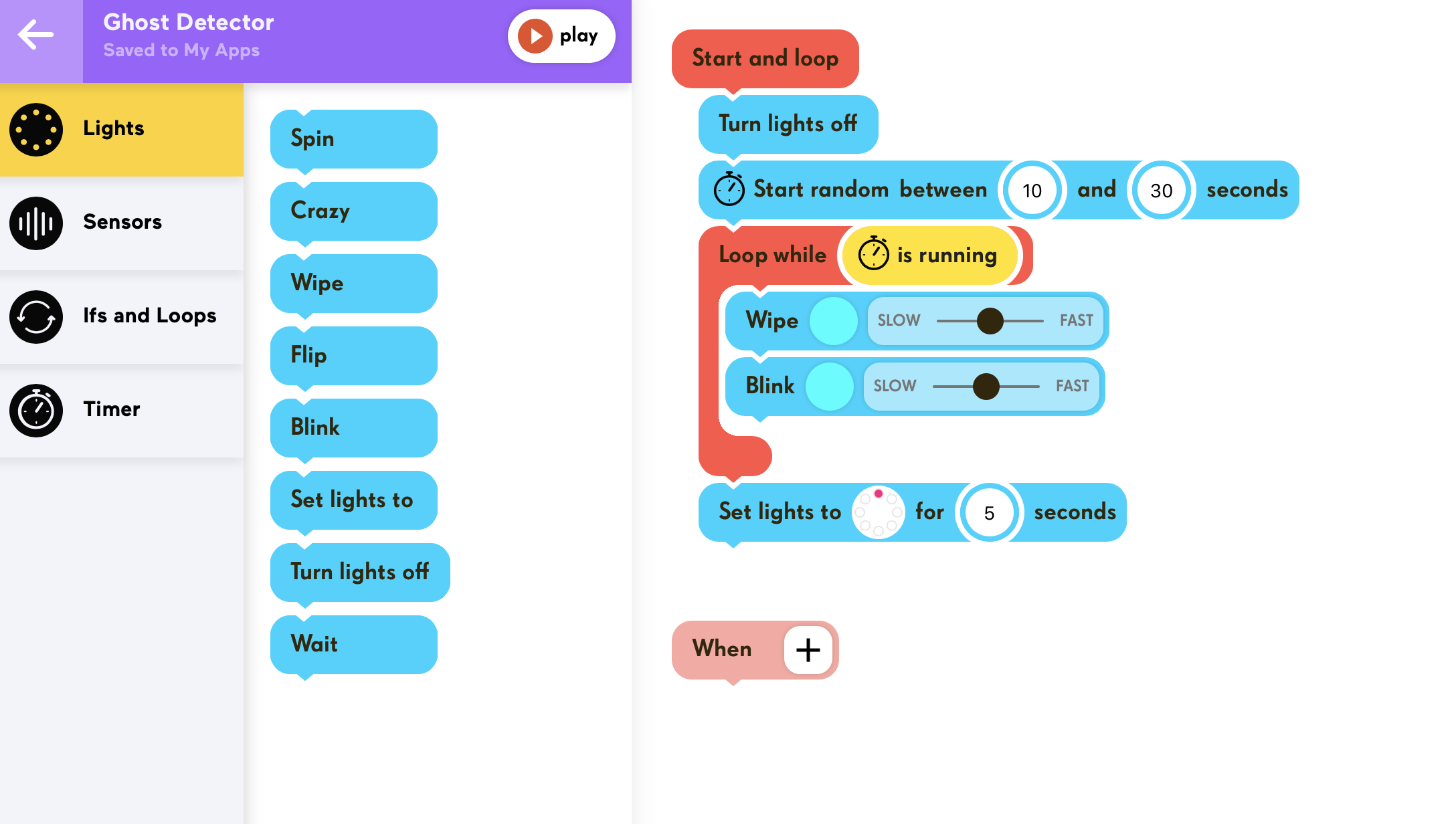Gjemeni, pronounced Gemini, is a new furniture-on-demand service from founder Sean Pathiratne. The company offers decidedly tech-forward furniture that comes in a single box and can be assembled by anyone in a few minutes.
Pathiratne sees his company as a fashionable and agile furniture company that brings stylish stuff to your living room in the vein of Zara or H&M.
“We can create and deliver on trends through our technology-led global supply chain with the agility and speed of ‘fast fashion.’ We are ‘fast furniture,'” said Pathiratne.
[gallery ids="1735487,1735486"]“I live and work in Silicon Valley. I spend a lot of time in WeWork and other co-working places, in the offices of start-ups, and with tech friends,” said Pathiratne . “I observed how millennials live and work. They are a restless bunch physically – which mirrors their restlessness overall. They don’t like the status quo in business or with the objects in their lives. They are constantly shifting and fidgeting on their sofas. They just couldn’t find the right positions. After all, today we are checking our smart phones one minute, leaning back and contemplating the world another minute.”
The result? A plugged-in couch for the plugged-in generation.
“So the implications were obvious: create a multi-position couch for our multi-tasking world. A couch that meets people where they are, rather than the other way around. And also make sure that the next- gen couch had connectivity for the generation that is always plugged in,” he said.
The Gjemeni flagship is a convertible couch that turns from stark seating system into a lie-flat futon. Both sides of the couch have power and USB ports and it has three resting positions.
The company also sells a chair and an ottoman. Each product, from the $999 couch to the $299 leg rest, comes in a massive box that opens to reveal the furniture and a set of legs. To build the stuff you simply snap the legs into the holes on the bottom and flip the couch upright.
I tested one of the couches and can report that it would make a great startup-office seat. The styling, the firmness, and the clever charging ports mean that you can easily make your visitors feel powered-up and comfortable. As a home couch, however, I would recommend trying before you buy. First, at 6.5 feet long, there isn’t much room on the couch for more than two people let alone a small family. Further, the two reclining options are not conducive to many traditional couch activities except, perhaps, for the aftermath of Netflix and chill. The two sides of the back of the couch move from upright to reclined. When upright it is set at almost at 90 degrees – a TV lounging nightmare – and when slightly reclined you fall into a napping position. There is no “just right” with this couch for the home user.
That said this is furniture and your experience may differ. The company offers a 60-day money back guarantee as long as you keep the massive box and at $999 it makes perfect sense to take a flyer on this one. In fact, that’s the point. Like other furniture services, Gjemeni plans to disrupt the visit to Ikea or the furniture store. Because setup is so simple there is little harm in giving it a go and sending it back if you don’t like the size, the firmness, or the fit.
After all, said Pathiratne, the company is all about self-awareness.
“We are built to harness technology in pursuit of wellness. Gjemeni meets our ergonomic needs to relieve pressure on the back and spine, and to adjust so that we can take a power nap (we all know how important sleep is to wellness) or simply meditate and ground ourselves,” said Pathiratne.







